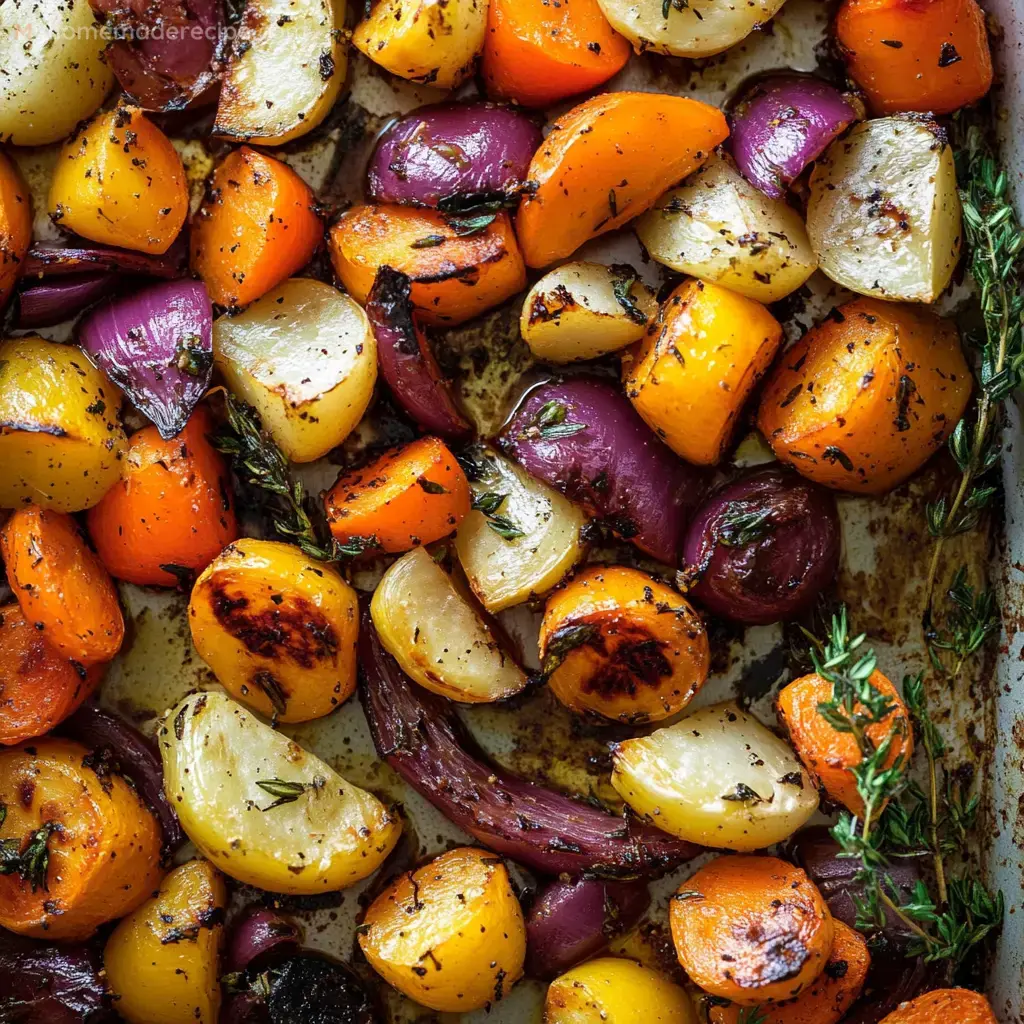Getting those veggies roasted just right can really make your meals pop. When you figure out how to do it well, you bring out layers of awesome flavors you just can't get by boiling or steaming. As someone who loves cooking for my family, I swear by knowing a few tricks to roast veggies, especially if you want everybody at the table to eat healthy without much fuss.
Roasting isn't just tossing some cut veggies on a baking sheet. There's actually a bit to know so all your veggies turn out their best. What makes roasting great? It gives you this sweet, caramelized flavor, makes the outside nice and crunchy, and leaves the inside super tender. You can go wild with seasonings too, so it never gets boring. Even if you're just starting out, once you get the hang of roasting, you'll see how many tasty options open up for dinner.
Crispy Vegetable Separation
The trick is to keep similar veggies together based on how soft or dense they are. Root veggies like sweet potatoes or carrots need their own roasting spot apart from juicy ones like zucchini, peppers, or eggplant. Mixing them up means you might get mushy results from too much moisture, or certain pieces left raw. Just trust me, separate pans make everything roast evenly and taste way better.
Say you pop both carrots and squash onto a single tray. The squash lets out loads of liquid and your carrots end up soft and steamed, not crispy. Doing them in different batches lets each kind of veggie get crisp where you want it, and sweet and tender where it counts.
Chopping Veggies
How you cut things matters. Go for big chunks that are about the same size and shape, so they'll cook the same amount of time. Tempted to chop things small to hurry things up? Try not to—bigger pieces hold up in the oven and get that roasted outside we all love. Tiny pieces just steam or burn too fast, missing that golden color.
Don't forget, veggies shrink by about a quarter after roasting. So start bigger—like chop carrots thick or keep broccoli florets chunky. They'll come out with that great texture and won't shrivel away.
Delicious Onions
Onions work a little differently when roasting. They go soft and sweet way quicker than other veggies do. Best move is to toss them in olive oil, salt, and pepper on their own, and don't put them in the oven right away. Instead, add them halfway through roasting so they finish right when the rest of the veggies are ready, not burnt or mushy.
Flavor Boosters
Ready to kick it up? The rest of your veggies should get a toss in a big bowl. Use smashed garlic cloves instead of chopped garlic—that way, the flavor soaks in without burning. Toss in a couple sprigs of thyme and rip up some sage leaves with your hands. Get everything nicely coated with oil, salt, and pepper, so they don't dry out while roasting and the flavors mix in everywhere.
Ideal Oven Warmth
There's always talk about what oven temp is best. Most days, a good middle temp is about 200°C or 390°F (if you've got a fan oven, drop it to 180°C or 350°F). This gentle heat gives veggies a sweet finish and lets them get golden, not burnt. Go hotter—like 450°F—and you'll probably end up with burnt outsides and raw middles, especially with firm veggies like carrots and potatoes.
Perfect Timing
First, get your oven nice and hot to the right temperature. You can put parchment paper on your tray if you want, but since everything's coated in oil, skipping it is fine—veggies won't stick much anyway.
Spread your veggies out flat on the tray. Don't pile them up or they'll steam! That way, each bit can brown up and get crispy. Roast everything for 30 minutes, then grab those onions you set aside and add them to the tray. Give the pan a quick shake or stir so everything mixes again and cooks evenly.
Keep roasting another hour, stirring in the middle. So yep, 1.5 hours total might sound long, but it's totally worth it. You'll get veggies that are browned, packed with flavor, and still have just the right bite. That longer cook time is what gives those sweet, caramelized bits everyone loves.
Quick Cleanup
Cleanup isn't anyone's favorite, but if you use parchment paper, it can make things a lot easier. That said, since nothing really sticks much with all that olive oil, cleanup isn't tough even if you forget the paper.
Serving Ideas
Once you're done roasting, dig in just as they are, or finish with a dash of oil or an extra sprinkle of pepper. The slow roasting makes the veggies sweeter and loaded with more flavor than you'd think.
Towards the end, mix things up by adding extra toppings. Put some cheese on top and let it melt in the oven for a gooey bite, or toss in a splash of lemon to make everything brighter and zingier.
Tasty Twists
- Herbs and Spices Try out rosemary, thyme, or sage, or up the heat with chili powder, garlic powder, or cumin. Throw them right in, or mix into your oil for a tasty marinade.
- Citrus Lay out thin strips of lemon or orange on the tray. You can also squeeze fresh juice over things right when they're done for a punch of flavor.
- Cheese Like before, grating cheese over your pan late in the cook gives you melty, creamy bites.
- Meat Want it heartier? Add cuts of bacon, sliced chorizo, or pancetta as you roast. Their fat soaks into the veggies and makes everything taste extra savory.
Main Takeaways
- Keep Veggies Separate Roast big, dense veggies apart from the juicy, soft ones.
- Chop Evenly Cut everything so every chunk is about the same size and shape for even baking.
- Coat with Goodies Toss in olive oil, salt, pepper, and your fave herbs before it all goes in the oven.
- Middle Oven Heat Stick to about 200°C/390°F for the best balance.
- Go the Distance Let 'em roast for an hour and a half total, giving them a stir partway through.
- Easy Wash-up Use parchment paper if you want—oil keeps things from sticking either way.
Try New Combos
You keep those roasted meals fun by swapping up veggies and seasonings all the time. Just go for it with different herbs, spices, or even oils (avocado oil's great for hotter ovens). Don't worry about making it perfect—playing around is half the fun.
 Pin it
Pin it
